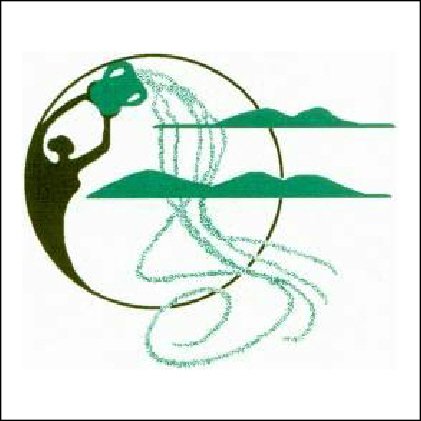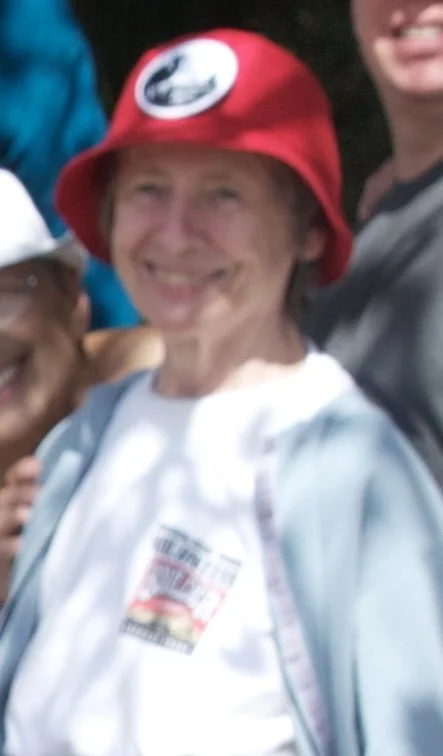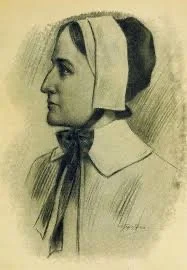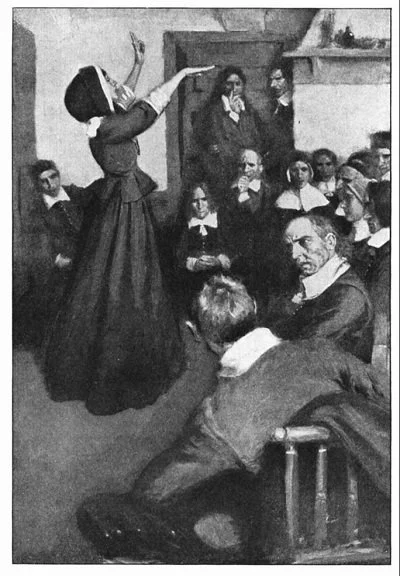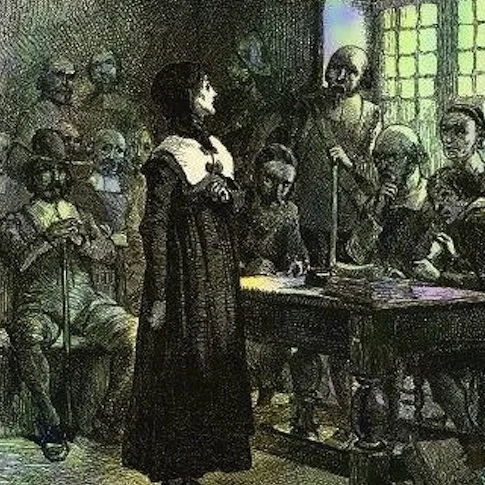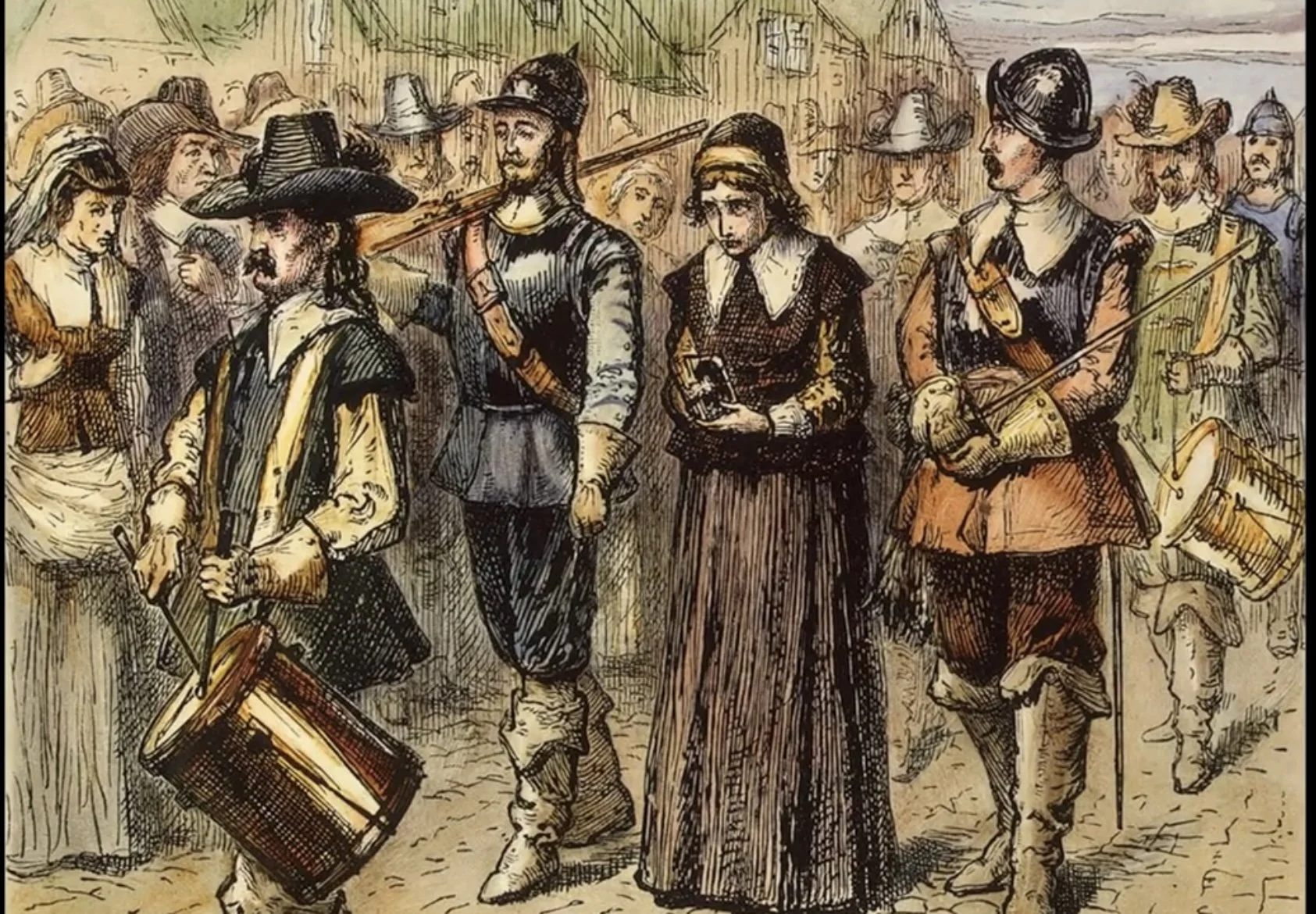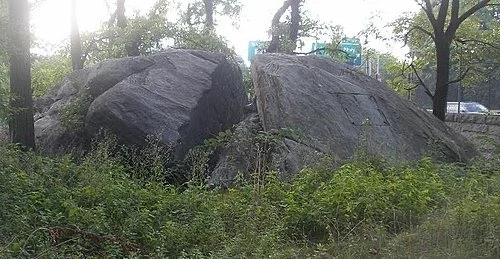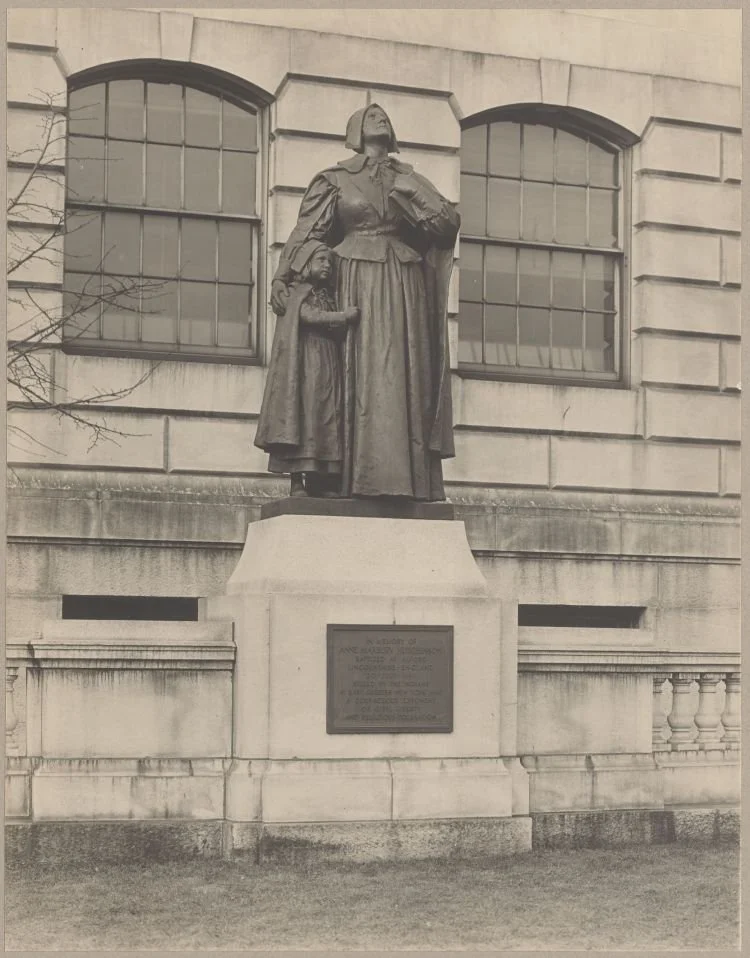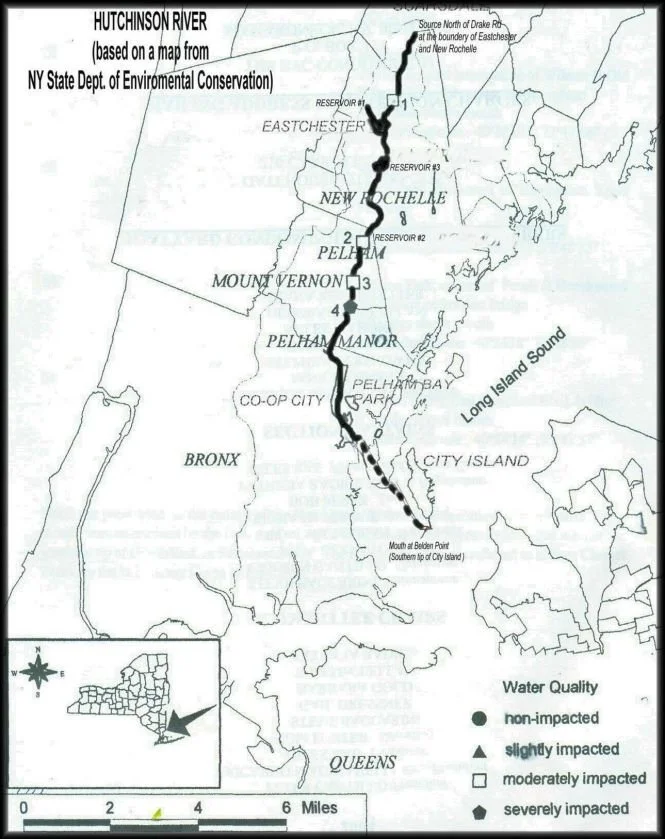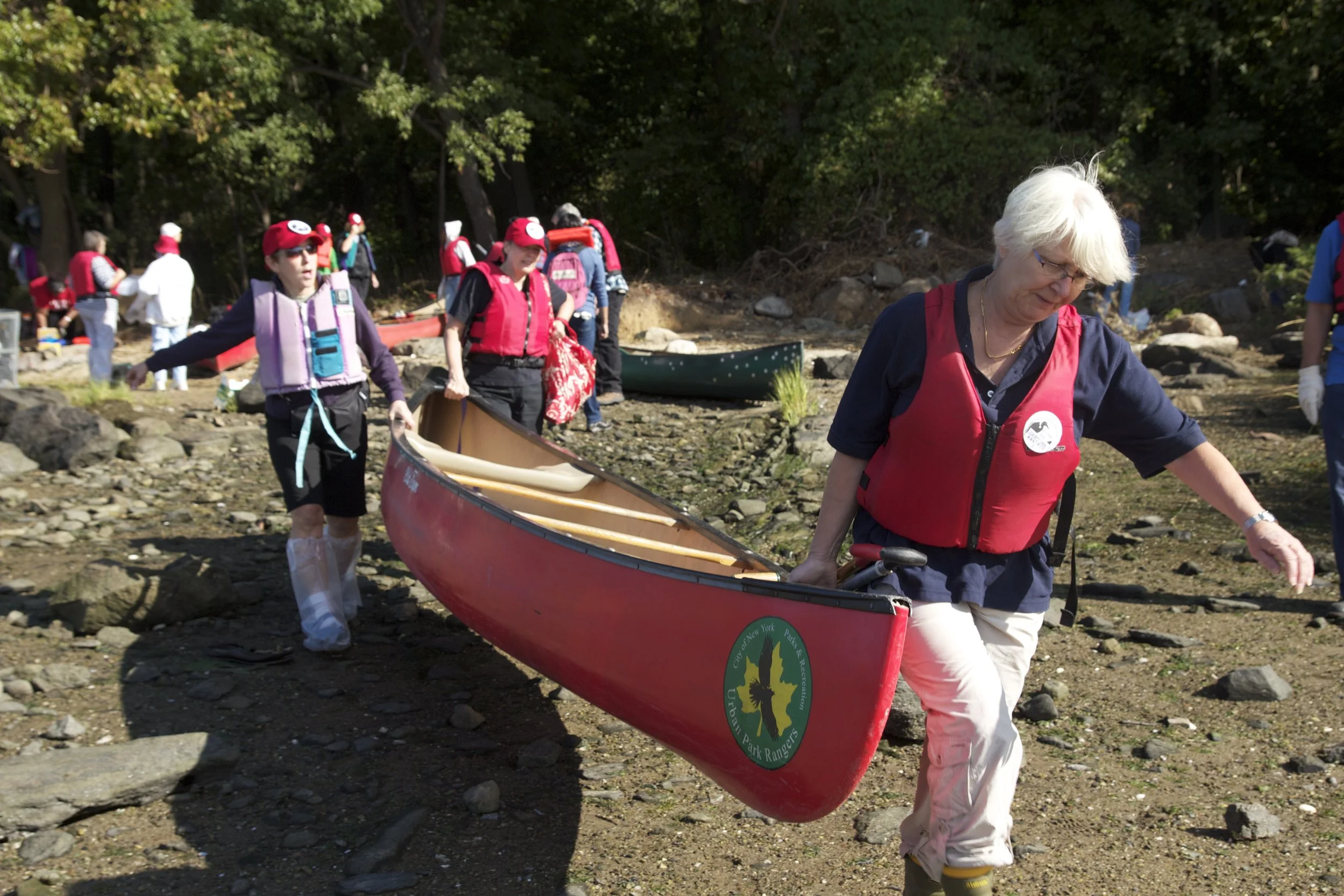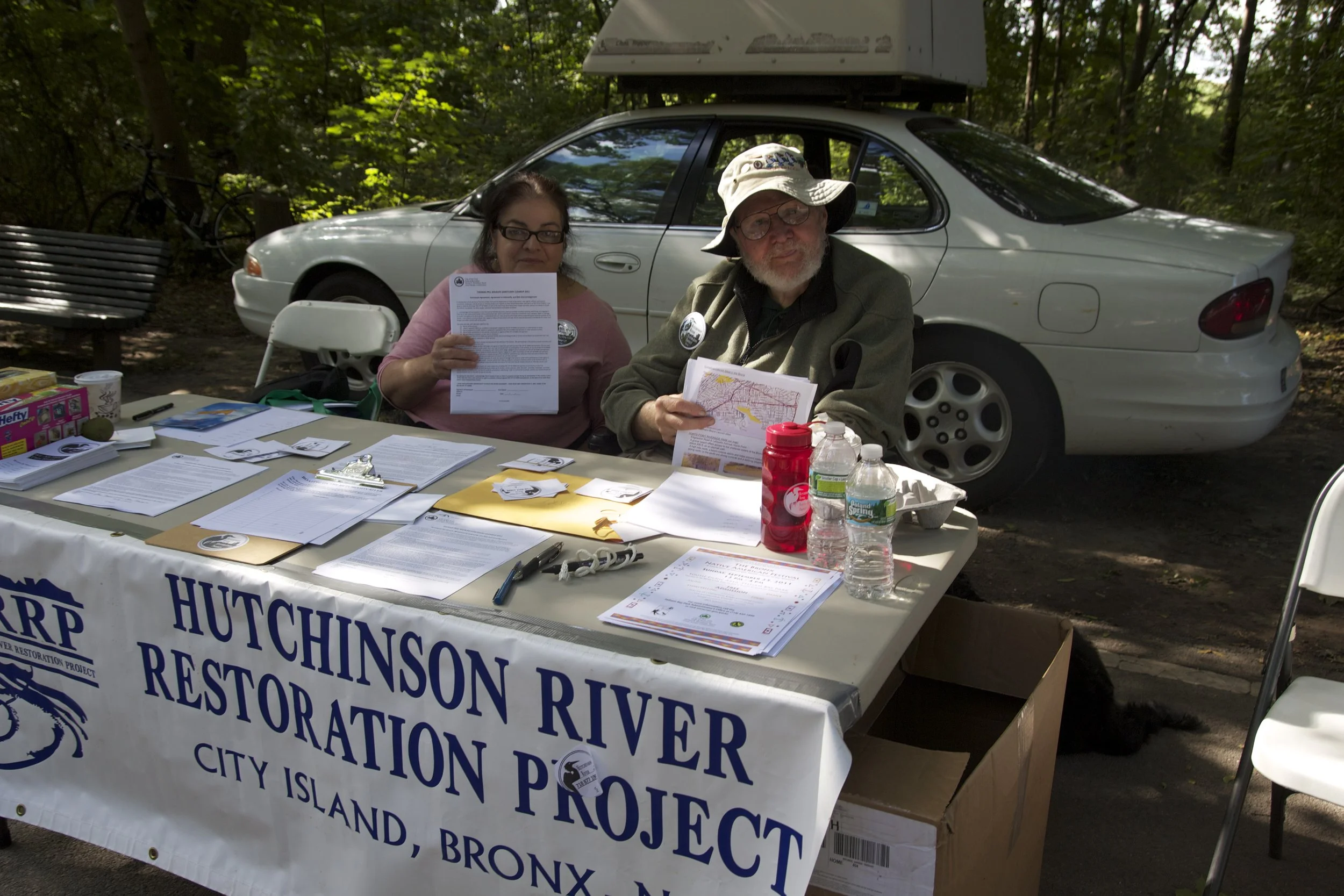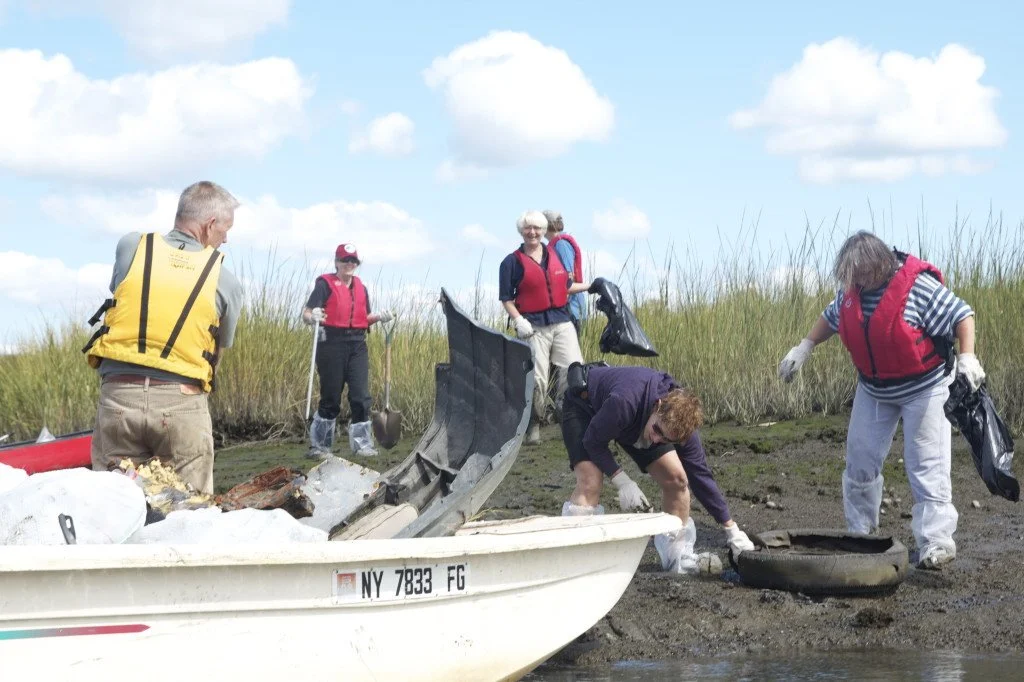Bloom where you are planted! Recent Environmentalists Mini-Series #1:
Eleanor Rae
We begin our mini-series on recent environmentalists with our own C:WED founder, Eleanor Rae.
Eleanor is an environmental example of blooming where you are planted, and this is a story of her accidental relationship with 17th Century Anne Hutchinson—and a river.
As you may know, Eleanor is a thealogian* and life-long environmentalist. She orchestrated the granting, by the United Nations, of the status of NGO (non-governmental organization) of the U.N. for C:WED, the Center for Women, the Earth, the Divine. Then she founded the Earth Values Caucus there at the U.N.
Eleanor also spread the ecological word through C:WED’s quarterly newsletter, WEAVING THE CONNECTIONS, with the assistance of the organization’s founding members (myself included).
Our current website and blog are digital outgrowths of the WEAVING newsletter and our organization C:WED, both of which began in 1991.
Back Story:
Eleanor had been successfully heading C:WED by offering retreats in the Ridgefield, Connecticut home she shared with her husband Giles.
Their home was set on lovely wooded acreage that provided the rich setting for so many of those C:WED retreats.
At other times during the years, Eleanor was traveling the world attending women’s and environmental conferences, or presenting her own thealogical work on Women, the Earth, and the Divine at those conferences.
She also presented her thealogy in two books: Created In Her Image: Models of the Feminine Divine, which she co-authored, and Women, the Earth, the Divine, penned as a sole author.
Often she was just interacting with and enjoying nature and her family.
Then, without warning, life threw them an unexpected curve when Giles developed an illness that caused serious mobility constraints, which meant they could no longer remain in their Ridgefield home.
As Eleanor required proximity to the U.N. to continue her work there, she and Giles eventually settled in the City Island area of the Bronx, NY.
And…lo and behold…very near City Island flows the Hutchinson River.
Thus, this is how Eleanor Rae and the river, as well as its namesake Anne Hutchinson, first became acquainted.
Eleanor describes it herself in one issue of C:WED’s WEAVING THE CONNECTIONS:
On the Hutchinson River Parkway in Westchester County, New York, there is a sign that tells passersby that the parkway—and the river whose path it sometimes follows—are named for Anne Marbury Hutchinson. My curiosity about this woman, who was murdered in 1643 in The Bronx by the Siwanoy Indians, has led me to research, write and speak about her at length. As a result, I have also been led to learn more about the river that was named for her. (1)
Now, who exactly was Anne Hutchinson, and why was a river in New York City—and also a nearby highway—named in her honor?
As I (Anne) reported in my C:WED blogpost on “The Woman’s Bible,” dated April 30, 2025, the Women’s History Museum has on its website, this description of Anne Hutchinson and the “crime” she committed that caused her banishment in 1638 from the Massachusetts Bay Colony.
“Considered one of the earliest American feminists, Anne Hutchinson, who was born in 1591 in Alford, Lincolnshire, England, was a [Puritan] spiritual leader—a religious liberal—in colonial Massachusetts in the mid-17th century.”
Anne was banished from the Massachusetts Bay Colony because she held religious sessions in her home and preached to both women and men her own theological ideas, which were in opposition to the religious codes of her society at that time.
Hutchinson believed—and preached—that an individual's intuition is a guide for achieving salvation and that adhering too closely to beliefs taught by ministers places salvation on one's deeds (“the covenant of works” as she expressed it) rather than one's faith (“the covenant of grace”).
Anne Hutchinson Preaching in Her House in Boston,” illustration published in Harper’s Monthly, circa February 1901
For this belief—and for preaching—at the age of 46 and pregnant, she was tried and convicted for heresy . The legal arguments against her largely rested on the interpretation of the Bible.
“Anne Hutchinson on Trial,” by Edwin Austin Abbey
Although the overt catalyst for Anne’s banishment was deemed her home sessions, the real issue was her challenge of male authority—and, indirectly, her defiance of acceptable gender roles—by preaching to both women and men and by questioning Puritan teachings about salvation.
Anne presumed authority over men in her preaching at a time when men ruled and women were to remain silent.
To those in power, the danger was that she dared to overstep her place as a woman, and they feared she would likewise inspire other women to rebel.(2)
Hutchinson asserted her right to preach—and her husband, William, avidly supported her right.
Anne was then excommunicated from the Massachusetts Bay Colony, and she and William, with their 14 children, moved to Rhode Island. Sixty of her followers moved there also.(3)
There she established the settlement of Portsmouth, RI with the encouragement of Roger Williams, the Providence Plantations founder. (4)
Following the death of her husband in Rhode Island a few years later, she moved with her youngest children, and 30 other families who supported her views, to New Netherland (now New York).
There, she and her children—with the exception of one daughter, Susanna who was taken captive—were killed in a massacre in August 1643 by the Lenape natives (often referred to as the Siwanoy) who were inhabiting areas along Long Island Sound and its inland rivers.
The National Park Service tells more of her story, placing the Lenape tribe at the forefront of the massacre, albeit with a caveat:
While Anne probably received some form of permission from the colony’s officials to settle in the area, she had no such understanding with the Lenape who never recognized Dutch claims to the area and would have viewed even Anne’s small settlement as an intrusion and threat—especially so with the influx of Europeans who were dismantling the Lenape way of life.
The National Women’s Hall of Fame posts an interesting alternative view: “initially, historians thought the attack was in response to whites taking Indian lands.
However, some historians also speculate that it may have been provoked by Puritans.” (4)
Split Rock, near where the Hutchinson family was massacred; it is said to be where Susanna hid to escape the attack.
___________________________________
Anne Hutchinson’s fame and honor arose from the fact that she is a key figure in the history of religious freedom in England's American colonies and the history of women in ministry, challenging the authority of the ministers.
In front of the State House in Boston, Massachusetts, stands a statue of Anne Hutchinson with her daughter Susanna as a child by Cyrus Dallin.
The statue, dedicated in 1922, has an inscription on the marble pediment calling her a "courageous exponent of civil liberty and religious toleration."(9)
___________________________
In 1987, Massachusetts Governor Michael Dukakis pardoned Anne Hutchinson, revoking the order of banishment by Governor Winthrop 350 years earlier. [148]
___________________________
Importance of her Legacy:
The National Women's History Museum states that:
Anne Hutchinson's story is significant because it highlights the struggles for religious freedom and women's rights in early America. Her defiance of the Puritan authorities and her advocacy for individual conscience continue to inspire discussions about religious tolerance and women's roles in society.
SHORT DOCUMENTATRY:
Click here if you wish to view a brief documentary film on Anne Hutchinson from The Daily Dose.
________________________________
From the National Women’s Hall of Fame:
This advocate of freedom of religion, of the right to free assembly and women's rights was honored in the naming of the Hutchinson River and the Hutchinson River Parkway. (4)
And the river?
The Hutchinson River is about 10 miles long, surfacing from an underground spring near the New Rochelle and Scarsdale border, and flowing south to its mouth at the southern tip of City Island.
An article on the Hutchinson River describes it this way: “Much of the land in the Hutchinson's watershed has been extensively developed over the last century as the New York metropolitan area grew and suburbanized.” (4)
”As a result of all this pressure, the river is seriously polluted. The New York State Department of Environmental Conservation rates the entire stream as impaired to an extent that it cannot be used as drinking water or recreationally; local authorities discourage eating any fish caught from the Hutchinson River.” (4)
And now, we move back to Eleanor, our own environmentalist.
A subset of the above article on the river reports that in 2010, the Hutchinson River Restoration Project (HRRP), a nonprofit organization, began working on volunteer-led restoration efforts to help protect the river and its habitat. (5) (66) (67)
Might you wish to speculate on who was the founder of the HRRP?
If you speculated: Eleanor Rae, you were spot on!
The two Wikipedia references above, #66 and #67, lead to a description of the environmental efforts of Eleanor and friends: #66 leads to the HRRP website; and #67 to an article by Lindsay Minerva in The Bronx Ink that tells the story of Eleanor and the Hutchinson River Restoration Project.
I will allow Lindsay Minerva to tell the story in her own words. This is a reprint of her article:
RESTORING GRACE TO A RIVER DEDICATED TO AN AMERICAN HERO
Posted on 04 December 2011 in The Bronx Ink
by Lindsay Minerva
Ten years ago, Eleanor and Giles Rae began a journey to search for a house and instead found an unexpected new mission in life….
In the process, [Eleanor] became [interested in] the history of the [Hutchinson River Parkway’s] namesake, Anne Hutchinson, a Puritan who fought religious orthodoxy and was banished from the Massachusetts Bay Colony in the 17th century.
Eleanor Rae’s look back at over 400 years of American history brought her to the present: the Hutchinson River. Hutchinson’s battles against the establishment inspired Rae, 77, to clean up part of the river that was filled with garbage. Her goal was to restore the river dedicated to her newly discovered hero.
Three years ago, Eleanor Rae…found[ed] the Hutchinson River Restoration Project together with other board members, the youngest of whom is in her 50s. Rae, the current president, acknowledges that the group doesn’t fit the stereotype of environmental activists.
“We are pretty ancient,” she said. “We would love to have young people be active.”
But their age hasn’t stopped them from cleaning up the river. On a sunny mid-September day, volunteers stood along the shore of Eastchester Bay on the 420th anniversary of Hutchinson’s birth.
Gray and white hair stuck out beneath their matching red Hutchinson River Restoration Project hats. Eleanor Rae’s enthusiasm was contagious. The clean-up crew was ready to gather up glass bottles, cans, plastic bags, wrappers, PVC pipes, lighters, and condoms scattered around Goose Island.
The small island, which is home to a colony of nesting birds, is directly across the river from Co-op City. It was one of the seven Thomas Pell Wildlife Sanctuary clean-up sites. By the end of the day, the group had filled nearly 70 large black garbage bags.
Dressed in rubber boots and red life jackets, Rae and 34 other volunteers paddled up river in red canoes that were supplied by [the Urban Park Rangers].
But the group’s mission was larger than just restoring the five-mile river that runs from Scarsdale in Westchester County and flows south through the Bronx where it empties into Eastchester Bay at the most southern tip of City Island.
The nonprofit organization also wanted to honor Anne Hutchinson’s legacy.
The courageous Puritan stood for religious freedom, the right to assembly, and freedom of speech. In 1642, she ultimately settled in the Pelham Bay area of the Bronx.
Toby Z. Liederman, 75, one of the original founders of Hutchinson River Restoration Project and current coordinator of the Anne Hutchinson Year project, sees Hutchinson as the first feminist in American history.
“Anne Hutchinson has made her place in herstory, standing for separation of religion and government, religious freedom, tolerance, the right to dissent, freedom of assembly, free speech, and women’s rights, all of which have become part of our American Constitution and Bill of Rights,” said Liederman. “She had the courage to stand up for her beliefs, even when there were personal consequences.”
Over four centuries later, Giles Rae, 76, was part of the clean up effort that day. Sitting at a table full of pamphlets and maps, he said he cared about the river. “We are here to bring awareness to the Bronx and the people affected by the river,” he said. “People should have access to water.”
“I can see Goose Island from my house,” said Rochell Thomas, a Co-op City resident and clean up volunteer. “It’s disgusting.”
In 1999, the Hutchinson River was designated one of the most polluted rivers in New York State, according to testing by the New York Department of Environmental Conservation. Several years ago, the government agency told Eleanor Rae that the river was too silted for its research vessels to enter and do water monitoring.
The Hutchinson River Restoration Project studied the 2011 Harbor-Wide Water Quality Monitoring Report for the New York-New Jersey Harbor Estuary, and the group contacted the New York City Department of Environmental Protection in September to ask why the Hutchinson River was not being monitored for water quality.
She said a DEP spokesman offered the “old excuse” of it being difficult to bring boats into the waterway. But she told him she saw two large tugboats with loaded barges making the trip without difficulty just the day before.
In an email response, a DEP spokesman said, “DEP is currently working closely with the state to establish water quality monitoring protocol for the Hutchinson River.”
In August, a white-painted, wooden motorized dinghy, donated by 82-year-old board member, Jack Ullman, was christened the Anne Hutchinson.
Violet Smith, a Hutchinson River Restoration Project board member, even dressed up as the historical figure.
Piecing together a costume, she wore Eleanor Rae’s black doctoral graduation gown that hung in her closet unused for years since receiving her PhD from Fordham University in contemporary systematic theology. Rae said they had fun re-creating history. To complete the 17th century look for the celebratory launch, the outfit was topped off with a white apron and collar.
The boat was small and modest. But those traveling aboard the Anne Hutchinson understand it is making a larger statement. With the Throgs Neck Bridge in the distance, Anne Hutchinson motored up and down the river, collecting one trash bag at a time onto its bow and restoring grace to the river.
On the crisp, bright autumn day, this unlikely group made a dent in cleaning up the pollution of the sanctuary and resurrecting the memory of an American heroine.
“When will our goals be accomplished?” Eleanor Rae said, “Not in my lifetime but many years down the road when we can say hooray.
Right now, we have little hoorays along the way.”
_______________________________
In conclusion, the following is an ode to Anne Hutchinson written by Dianalee Velie and reprinted from WEAVING THE CONNECTIONS, the newsletter of the Center for Women, the Earth, the Divine, Vol. 14, No. 1, Summer 2008, page 3.
River of Blessings
by Dianalee Velie
How did Abraham know that it was God
that bid him offer his son,
being a breach of the sixth commandment?**
Anne Hutchinson
You questioned authority, not content
to allow politics or religion
to deter you from your natural grace.
A simple question, asked through the ages,
brought you exile for using your mind.
A mind contemplating freedom of thought
could not comprehend a sly God who thought
to ask a spent father to be content
to sacrifice his son. What holy mind
could conjure, in the name of religion,
such a diabolical plot? Ages
ago you cried out this could not be grace!
You preached, in your home, to women that grace
brought salvation, not the Puritan thought
that was popular in the stark ages
of a new colony: just the content
of a single soul, the true religion,
not the ministers controlling your mind.
No lawyer at your side, you did not mind
mounting your own defense. With simple grace
you explained your ideas on religion:
equality for all people, you thought,
would make the whole world, even God, content.
And, slaves and Indians, in the ages
to come would be blessed after their ages
of misfortune. The clergy set their mind,
government officials agreed, content
to banish you, with all your charm and grace,
from Massachusetts Bay. Without a thought,
spouse and children by your side, religion
in your heart, where you knew a religion
should be, you settled in New York. Ages
hence a river there bears your name. This thought,
I am sure, would never have crossed your mind.
It flows with your own majesty and grace,
a river of blessing from you, content.
This land, now, its content of religion
and ethnic mixes, glows grace. All ages
bearing in mind your forward thinking thought.
_________________________________
Dianalee Velie, the Poet Laureate of Newbury, NH, is the author of five books of poetry. Her award-winning poetry and short stories have been published in hundreds of journals and many have been \l.translated into Italian.
__________________________________
*Thealogy/thealogian: The study of or reflection upon Thea, the feminine divine, e.g. from a feminist viewpoint.
**The sixth commandment in the Bible, found in Exodus 20:13, says, “You shall not murder.” (6) The term 'murder' speaks to the premeditated killing of another human being.
__________________________________
RESOURCES:
WEAVING THE CONNECTIONS: the Newsletter of the Center for Women, the Earth, the Divine. Autumn 2006, Volume 12, Number 2.
Michals, Debra. “Anne Hutchinson.” National Women’s History Museum. 2015. www.womenshistory.org/education-resources/biographies/anne-hutchinson.
“Anne Hutchinson and Religious Dissent",” Bill of Rights Institute.
“Anne Hutchinson.” National Women’s Hall of Fame. 1994. Archived from the original on October 21, 2011. Retrieved December 24, 2011.
“Anne Hutchinson",” Wikipedia.
“Hutchinson River,” Wikipedia: Wikimedia, New York City.
“Hutchinson River: Environmental Issues,” Wikipedia: Wikimedia, New York City.
”Exodus 20:13, The New Oxford Annotated Bible with the Apocryphal/Deuterocanonical Books, New Revised Standard Version, 1991.
“Anne Hutchinson, Memorials and Legacy,” Wikipedia.
66. “Hutchinson River.” ‘About Us. Hutchinson River Res.’ Retrieved July 29, 2023, Hutchinson River Restoration Project, Wikipedia: Wikimedia, New York City.
67. “Hutchinson River.” ‘Restoring grace to a river dedicated to an American hero. The Bronx Ink. December 4, 2011. Archived from the original on July 29, 2023. Retrieved July 29, 2023, Wikipedia: Wikimedia, New York City,
148. “Anne Hutchinson,” Wikipedia,
________________________________
IN YOUR OWN WORDS:
— All blessings for your good work Anne. —E.
________________________________
…to be continued
as we continue to look for inspiration in the next few posts to specific efforts by some relatively recent individual environmental activists.
_______________________________
C:WED Wish List:
—If you have any environmentalists whom you would like to highlight, please send their stories along to us at:
info@cwed.org
